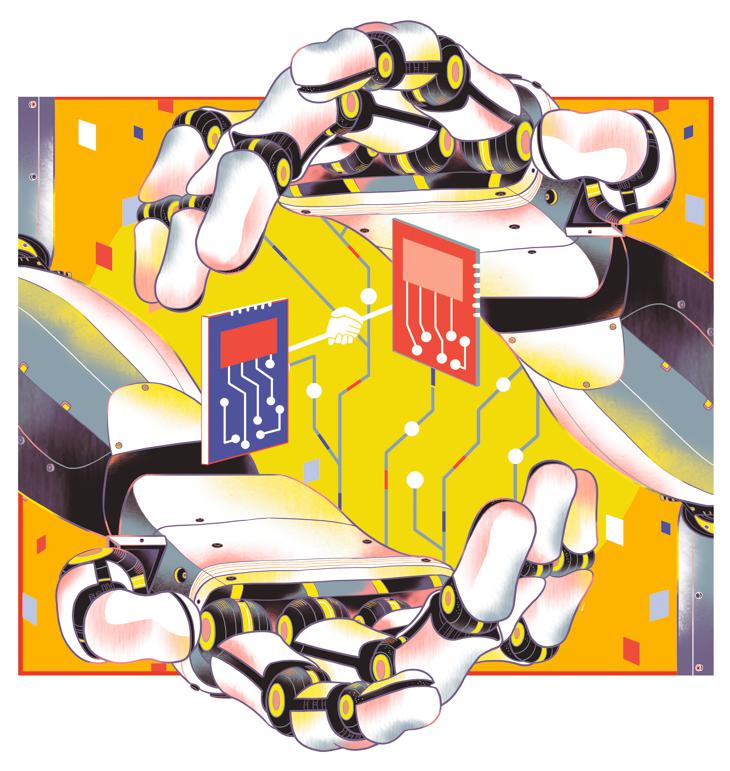
With the rapid development of the internet and telecom industries, telecom and online fraud is causing grave public concern. That is why public security organs are devising innovative means to curb telecom fraud while turning the heat on cybercriminals since the beginning of this year.
In some regions, the police are distributing to the public eggs with easy-to-remember warnings against telecom fraud written on the shells, especially to elderly people, who are vulnerable to such crimes. The police are also circulating short videos educating viewers against online fraud, particularly scams targeted at the young.
Although the use of such innovative methods has helped curb telecom and online crimes to some extent, with the use of internet, fraud is being carried out indiscriminately in a remote and noncontact manner. Unlike traditional crimes, telecom and online fraud involves little cost for the fraudster.
Those carrying out telecom and online fraud have developed a closely related, upstream-downstream cooperative underground "industry chain", which makes it more difficult for their illegal activities to be prevented. Given that fraudsters are devising new means to cheat people, only by constantly upgrading the preventive and corrective methods based on local conditions can telecom and online fraud be more effectively tackled.
Fighting telecom and online fraud is a "you escape, we chase" technology battle. It is not always possible to block fraudulent software and websites, deliver early warning information in a timely manner to dissuade people from being cheated, or improve the mechanism to freeze payments without the support of science and technology. Not only that, telecom and online fraud involves the theft of personal data, technical support, money laundering and other crimes, which all need to be nipped in the bud.
Although telecom and online fraud is preventable, it requires accelerating the use of big data, artificial intelligence and other scientific and technological means to strengthen the defenses. It needs the integration of all the available resources to form a national integrated combat-fighting pattern and the raising of public awareness. In this way stronger nationwide anti-fraud defenses can be established to prevent and reduce such crimes.






